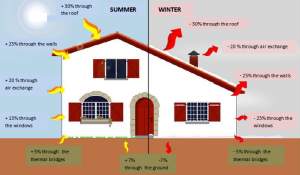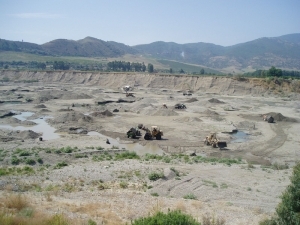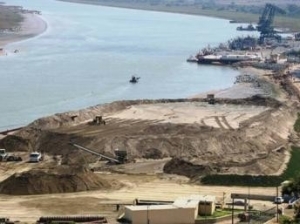BUILDING AND SUSTAINABLE DEVELOPMENT
For several years, it has been recognized that buildings are very energy intensive and that this corresponds to 40% of the total energy consumption of a country.
It is also recognized that the building sector is a major consumer of raw materials and contributes to the depletion of resources.
Everyone can take steps to reduce the environmental impact of their homes while saving energy.
Thermal envelope
The high-performance thermal envelope of a building represents 70% of the energy savings and the remaining 30% represents only the operational needs brought either by a collective energy production with a network or by an individual energy production coming from the building. It is therefore preferable to invest in a thermally efficient envelope because the cost is very low and there is no maintenance, unlike the individual energy production which is expensive in installation and maintenance.
Raw material
The building is a big consumer of raw materials and contributes to the scarcity of resources. The building uses a lot of mineral-based raw materials, which leads to a depletion of resources because the deposits are exploited until their decline and final exhaustion. These mineral-based raw materials are not inherently renewable.
Sand quarries are exhausting because it is the largest raw material used in the building.
Recycling of raw materials
Many building materials are not recyclable:
-
Either the material itself is not recyclable
-
Either the material is polluted by treatments with chemicals or with petroleum residues



